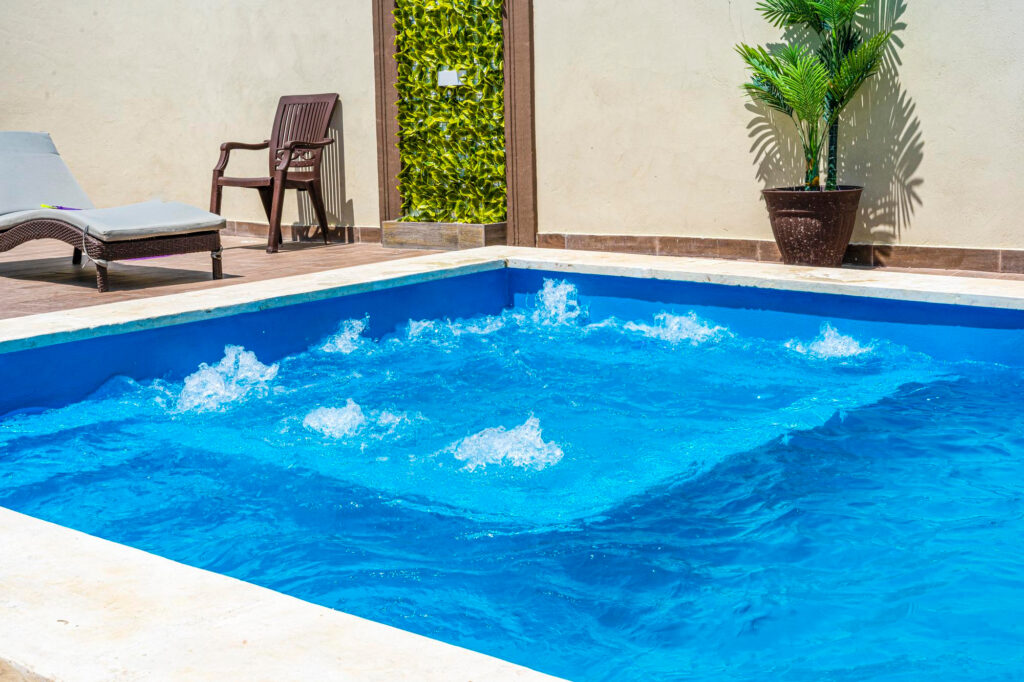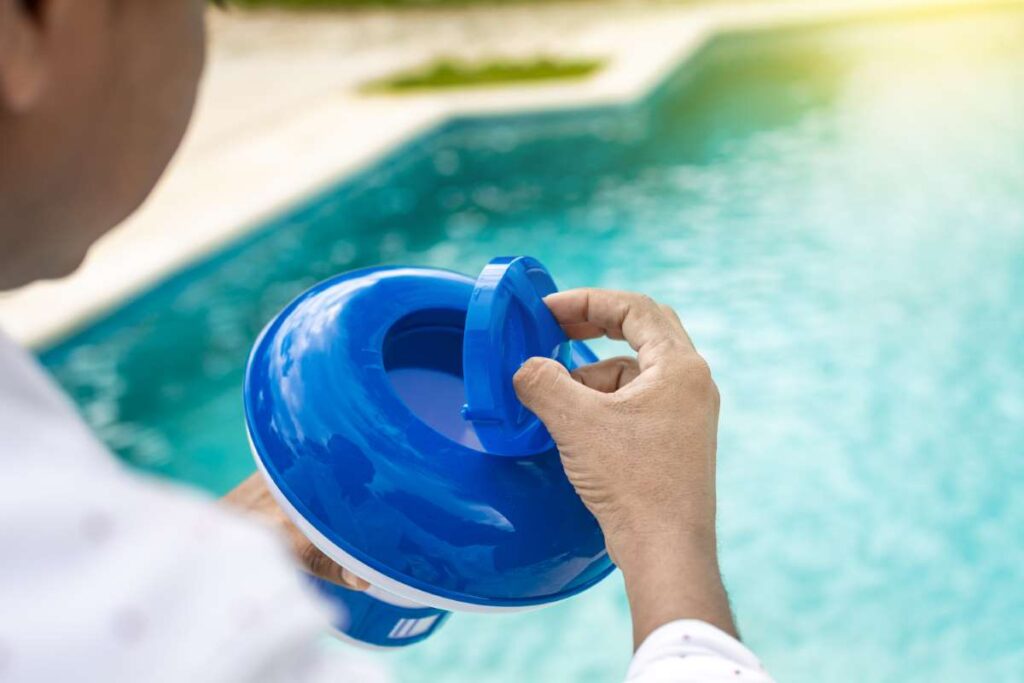Pros and Cons of Sand Filter Systems
Explore the pros and cons of sand filter systems for pools to help you make an informed decision about your pool maintenance needs.
When it comes to maintaining a clean and inviting swimming pool, choosing the right filtration system is crucial. Among the various options available, sand filter systems have gained popularity due to their effectiveness and ease of use. However, like any system, they come with their own set of advantages and disadvantages. This blog post delves into the pros and cons of sand filter systems, providing you with a comprehensive overview to help you determine if this system is right for your pool. We will also explore how these systems fit within the broader context of pool maintenance and operations, particularly for those in the pool service industry.
Introduction to Sand Filter Systems
Sand filter systems are among the most common types of pool filtration used in residential and commercial pools. These systems use a bed of sand to filter out debris and impurities from the pool water. Water is drawn from the pool, passed through the sand, and then returned, effectively trapping particles while allowing clean water to flow back into the pool. Their simplicity and effectiveness make them a popular choice for many pool owners. Understanding the mechanics behind sand filters is essential; they consist of a tank filled with a particular type of sand that captures dirt and debris as water passes through. Over time, the sand can become clogged and will require backwashing, a process that cleans the sand by reversing the flow of water and flushing the trapped debris out of the tank.
Pros of Sand Filter Systems
– Affordability: One of the most compelling advantages of sand filter systems is their affordability. Both initial purchase costs and maintenance expenses are typically lower than those associated with other types of filtration systems, such as cartridge or diatomaceous earth filters. This makes sand filters particularly attractive for budget-conscious pool owners.- Durability and Lifespan: Sand filters are known for their durability. With proper maintenance, they can last anywhere from 5 to 20 years, depending on the quality of the unit and the conditions in which it operates. This longevity makes them a practical investment for pool owners.- Easy Maintenance: Maintaining a sand filter is relatively straightforward. Backwashing can be performed easily, typically requiring only a few minutes to complete. This simplicity makes sand filters accessible for pool owners who may not have extensive experience with pool maintenance.- Effective Filtration: Sand filters can effectively remove particles as small as 20 microns, which is sufficient for most residential pools. They can keep your pool water clear and safe for swimming, which is the ultimate goal of any filtration system.- Energy Efficiency: Sand filters generally require less energy to operate compared to other filtration systems. Their simple design means they don’t put as much strain on your pool pump, potentially leading to lower energy costs over time.
Cons of Sand Filter Systems
– Limited Filtration Capability: While sand filters are effective, they may not be suitable for all situations. They are less capable of filtering out very fine particles, such as algae and certain types of debris, compared to diatomaceous earth filters. This can be a concern for pool owners dealing with specific types of contamination or those who want exceptionally clear water.- Requires Backwashing: Although easy, the backwashing process does consume water and can lead to increased water costs. Additionally, if not done sufficiently, the filter can become ineffective as the sand becomes compacted over time.- Space Requirements: Sand filter systems typically require more space than other filtration options. This can be a concern for pool owners with limited installation space or those who prefer a more compact filtration solution.- Weight: Sand filters can be quite heavy, particularly when filled with sand. This can make installation more difficult and may require additional help or equipment to move.- Potential for Sand Leaks: Over time, the sand inside the filter can break down and leak into the pool. While this is not common, it can happen and may require replacing the sand or, in some cases, the entire filter.
Comparing Sand Filters to Other Filter Types
When considering a pool filtration system, it’s crucial to compare sand filters to their main competitors: cartridge filters and diatomaceous earth (DE) filters. Each type has its strengths and weaknesses.- Cartridge Filters: These filters use a porous material to trap debris and require less water for cleaning since they don’t need backwashing. However, they can be more expensive and may require more frequent cleaning compared to sand filters.- Diatomaceous Earth Filters: DE filters provide finer filtration than sand filters, effectively removing particles as small as 5 microns. However, they are typically pricier and require more maintenance due to the need to replace the DE powder regularly.- Cost-Effectiveness: For pool owners focusing on affordability, sand filters often present a better option, especially for those not dealing with heavy debris or needing crystal-clear water.Ultimately, the choice between sand, cartridge, or DE filters will depend on your specific pool maintenance needs, budget, and preferences.
Practical Applications and Considerations
When selecting a filtration system for your pool, consider the following practical applications and implications:1. Type of Pool: The type of pool you have (in-ground vs. above-ground) may influence your choice. Sand filters can be suitable for both types but are often favored in larger, in-ground pools.2. Water Quality Needs: If your pool frequently deals with heavy debris or algae blooms, a sand filter may require supplementary systems or products to maintain water quality. Regular testing and maintenance will be essential.3. Environmental Impact: Water conservation is a consideration for many pool owners. While sand filters do require backwashing, there are ways to recycle the water used in this process, minimizing waste.4. Integration with Other Systems: If you are looking to expand your pool maintenance business, understanding the use of sand filters in conjunction with other pool equipment can enhance your service offerings. For instance, combining sand filters with automated pool cleaners can improve overall efficiency.5. Learning and Training: For those new to pool maintenance, investing in quality training programs can ensure you understand how to operate and maintain your sand filter effectively. Programs such as
Pool Routes Training can provide the knowledge needed to excel.
Conclusion
In summary, sand filter systems offer a practical and cost-effective option for pool filtration, making them a popular choice among pool owners. Their durability, ease of maintenance, and affordability are significant advantages. However, limitations in fine filtration capability and the need for backwashing should be carefully considered.For aspiring entrepreneurs in the pool maintenance industry, understanding the pros and cons of various filtration systems, including sand filters, is essential for providing quality service. Whether you’re looking for
pool routes for sale in California or seeking to expand your existing business, having comprehensive knowledge about filtration options will empower you to meet customer needs effectively.Ultimately, the choice of a filtration system should align with your specific requirements, preferences, and budget. By weighing the pros and cons, you can make an informed decision that contributes to a clean, well-maintained pool and satisfied customers. If you’re ready to explore your options or require further assistance, don’t hesitate to
contact us for guidance!



